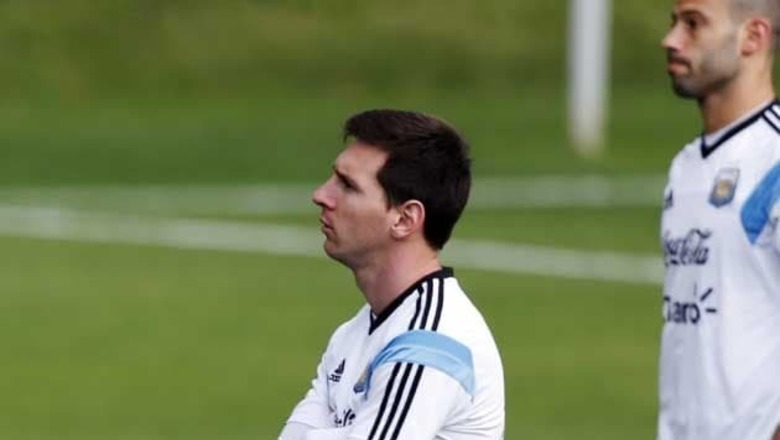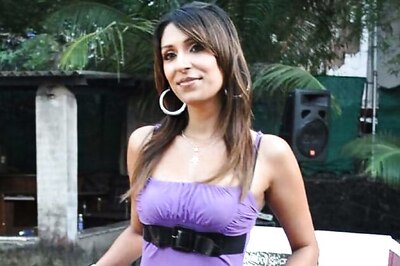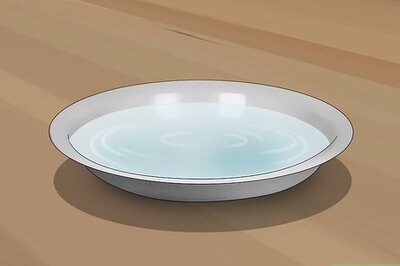
views
Rio de Janerio: Lionel Messi is not only Argentina's key attacking threat but he is also instrumental in helping the defence.
Long suspected as being their weak point, Argentina's defence have gone through three knockout matches, including two periods of extra-time, without conceding a goal.
Messi's very presence inhibits Argentina's opponents from attacking them and both Belgium, in the quarter-finals, and Netherlands, in the semis, were both surprisingly subdued against Alejandro Sabella's team.
Incredibly, the Dutch managed only one shot on target in the two hours' play against Argentina.
Argentina's strengths may be in attack but they generally avoid pouring forward in numbers, often leaving five or six players at the back as a safeguard against counter-attacks.
Despite the potential offered by the exciting talents of Messi, Angel Di Maria, Sergio Aguero and Ezequiel Lavezeei, they have been surprisingly cautious and have not served up the thrilling football many have expected of them, winning five games by a one-goal margin and the other on penalties.
On the other hand, they have never resorted to rough-arm tactics used by neighbours Brazil.
Fullbacks Pablo Zabaleta and Marco Rojo rarely venture very far over the halfway line and, even against Switzerland, where Argentina attacked non-stop for nearly two hours, they tended to hold back.
The defence is given added protection by the presence of two holding midfielders, Javier Mascherano and either Fernando Gago or Lucas Biglia.
Mascherano, who often plays as a central defender for Barcelona, has had an outstanding World Cup and produced arguably the tackle of the tournament when he dispossessed Arjen Robben just as the Dutchman appeared set to score a late winner on Wednesday.
Mascherano often drops back alongside the two central defenders to help Argentina play the ball out of defence and is the main instigator of their attacks.
Injuries have forced coach Alejandro Sabella to fiddle with his attack during the course of the competition.
Aguero, who initially formed a two-man strike force with Gonzalo Higuain, missed the second round and quarter-finals with injury while Angel Di Maria missed the semi-final and is doubtful for the final.
Against the Dutch, Argentina played with Lavezzi attacking down one flanks, Benfica midfielder Perez on the opposite flank and Higuain as the lone centre forward.
Messi, who almost looked bored at times against Belgium, has taken on a playmaker role in the last two games, often slowing down play rather than simply launching himself at the opposing defence.
There was one bizarre moment against Belgium when Argentina, leading 1-0, advanced to the halfway line and, despite having four players in close proximity to the ball, stopped and played it backwards rather than bursting forward.
It is difficult to predict how Argentina will line-up against Germany in the final.
Much will depend on the fitness of Aguero and Lavezzi and, although neutrals will be hoping that Sabella will finally unleash Argentina's full attacking might, Germany's deadly attacking threat makes that highly unlikely.




















Comments
0 comment